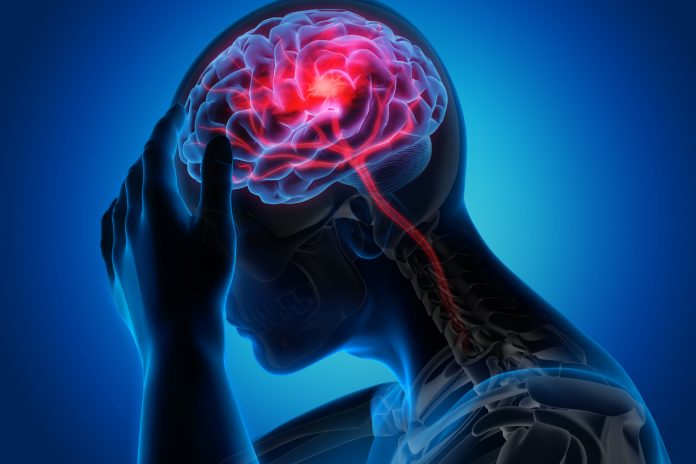
A new smartphone application called FAST.AI, from Neuronics Medical, may help detect stroke symptoms in real time, prompting patients or caregivers to quickly call for help earlier. An abstract (WMP120) describing early work on the app is being presented this week at the American Stroke Association International Stroke Conference.
“These early results confirm the app reliably identified acute stroke symptoms as accurately as a neurologist, and they will help to improve the app’s accuracy in detecting signs and symptoms of stroke,” said study author Radoslav I. Raychev, MD, a clinical professor of neurology and a vascular neurologist at the University of California, Los Angeles.
Stroke is the fifth leading cause of death and a major cause of disability in the U.S., according to the American Heart Association. About 85% of all strokes in the U.S. are ischemic strokes, which are caused by a blood clot in a blood vessel blocking blood flow to the brain. Rapid treatment is crucial, since clot-busting medication should usually be administered within three hours after symptoms begin. The faster the treatment is administered, the more likely for a better recovery.
“Many stroke patients don’t make it to the hospital in time for clot-busting treatment, which is one reason why it is vital to recognize stroke symptoms and call 9-1-1 right away,” Raychev noted.
Many Apps have recently been developed to address neurologic issues. FAST.AI detects common stroke symptoms using machine learning algorithms to recognize facial asymmetry (drooping of the muscles in the face), arm weakness, and speech changes. This application is still in development and not available to the public yet.
It uses video to examine 68 facial landmark points, sensors that measure arm movement and orientation, and voice recordings to detect speech changes. Information from each test is sent to a database server for analysis.
Researchers validated FAST.AI by testing nearly 270 patients diagnosed with acute stroke (41% women with an average age of 71 years) within 72 hours of hospital admission at four major metropolitan stroke centers in Bulgaria, from July 2021 to July 2022. Neurologists who examined the patients then compared the FAST.AI results with their clinical impressions.
The analysis found:
- The smart phone app accurately detected stroke-associated facial asymmetry in nearly 100% of patients.
- The app accurately detected arm weakness in more than two-thirds of the cases.
- And while the slurred speech module remains to be fully validated and tested, preliminary analyses confirmed that it may be able to reliably detect slurred speech.
“This abstract describes a validated approach for an easy assessment of signs of a stroke and the prompt to seek care. The app may help individuals assess the signs of a stroke without the need to recall the warning signs,” said Daniel Lackland, Dr., P.H., FAHA, who was not involved in the study.
Lackland is an American Stroke Association volunteer expert and EPI and Stroke Council member, professor and director of the Division of Translational Neurosciences and Population Studies in the department of neurology at the Medical University of South Carolina in Charleston.











